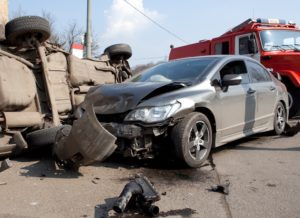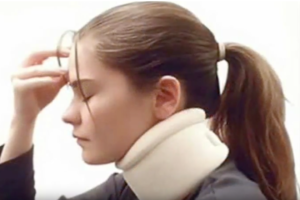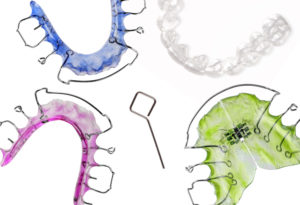Car Accident Lawyers are in the Know
Auto accident attorneys in Texas know there’s something special about car accidents. Article 51 of the Insurance Law says car crash victims have to show they have a serious injury before they can get any money for pain and suffering. What does this all mean?
It means very little when it comes to medical bills, lost wages, and some other relatively minor items. New York No-Fault law guarantees that the injured person will be compensated in these areas. The insurance company for the car you were in should pay for your medical expenses and lost wages. In nearly all cases you will not need a lawyer. While we are starting to see insurance companies unreasonably refuse to pay in some instances, this is still rare. Also, for most of these denials, the amount of money involved is not enough to justify the legal expense. We advise our clients when it comes to any No-Fault denials, and in cases where the problem is substantial, we do represent them. Usually we fight the denial in an arbitration.
The auto accident serious injury threshold is a compromise, in theory at least. Since routine expenses were covered by the personal injury protection line of insurance under No-Fault, liability expenses were supposed to be reduced on the bodily injury liability line. There could be a vigorous debate about whether this compromise was wise or fair, but someone else can write that article.
The standard for what is a serious injury is fairly complicated. There are several categories of serious injury. The most common that we see involve fractures, other injuries that cause a significant limitation, or a substantial amount of time out of work.
You would think the fracture category would be pretty straightforward. In most auto accident cases it is. But there are a few kinds of fractures where it’s not so clear. Court decisions suggest that a fracture of a bone meets the criteria. Fractured cartilage normally will not qualify, and the same is true of a fractured organ. We had one case with a “liver fracture.” Sounds odd, but that’s what the doctors called it. The case settled so we never tested that in Court. The other issue is when is a fracture a fracture? A hairline fracture counts, but a “greenstick” fracture does not.
The significant limitation category has led to hundreds of cases discussing when a limitation is significant, and what the injured person has to prove to show it. The defendant’s attorney will often move for summary judgment to dismiss the case. After having the injured person looked at by their own doctor in an independent medical examination (also known as an IME, and many of us dispute the use of the word “independent”), the defense attorney submits the expert’s report which generally indicates the injured person is fully recovered. Then the plaintiff’s auto accident attorney responds, usually with a report from the treating physician, describing the details of the injury and why it is, or was, significant. If the plaintiff’s response is insufficient, the case often gets dismissed. To avoid this, the evidence must show that the injury was more than mild, minor or slight, and that this is connected to objective findings (like an abnormality on an X-ray or MRI, or in many cases a finding of spasm.
The category about being out of work is known among attorneys as the 90/180 category. This refers to the law which requires that the person be impaired from substantially all of their daily activities for 90 or more days out of the 180 days following the accident. Most of the time this means three months out of work in the six months after the accident happened. Responding to a motion, the plaintiff attorney must show, through medical evidence, that the person had to stay out of work for the three months, and that this was connected to objective medical findings.
For both of the latter two categories, we often win the motion by pointing out a key flaw in the IME. In most cases the IME doctor does not discuss much about the past problems and treatment. We argue that this means the defense did not meet their burden on their motion. They didn’t show the Court that the limitation was not significant, or that the time out-of-work was inappropriate, because the IME doctor doesn’t discuss those issues. In our experience, most judges understand this and keep the case alive.
There are other categories and a number of other complex issues that can come up in car accident cases involving the serious injury threshold, but that’s a good start.












